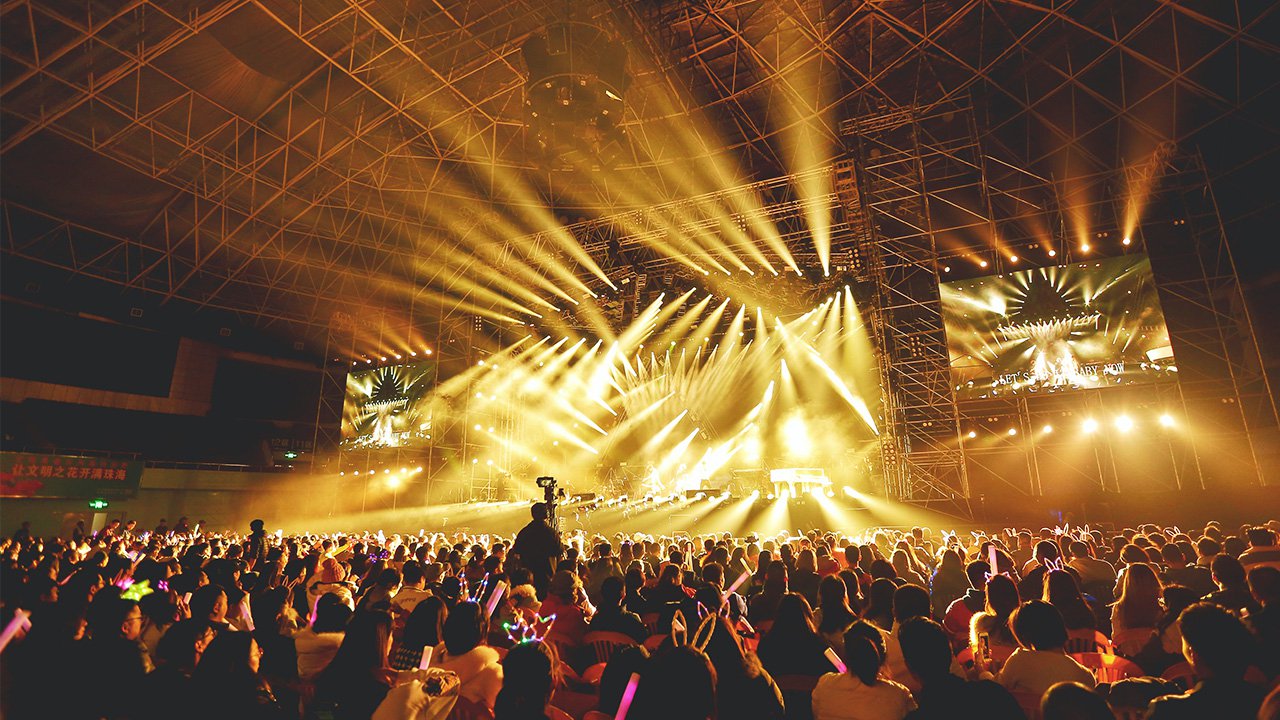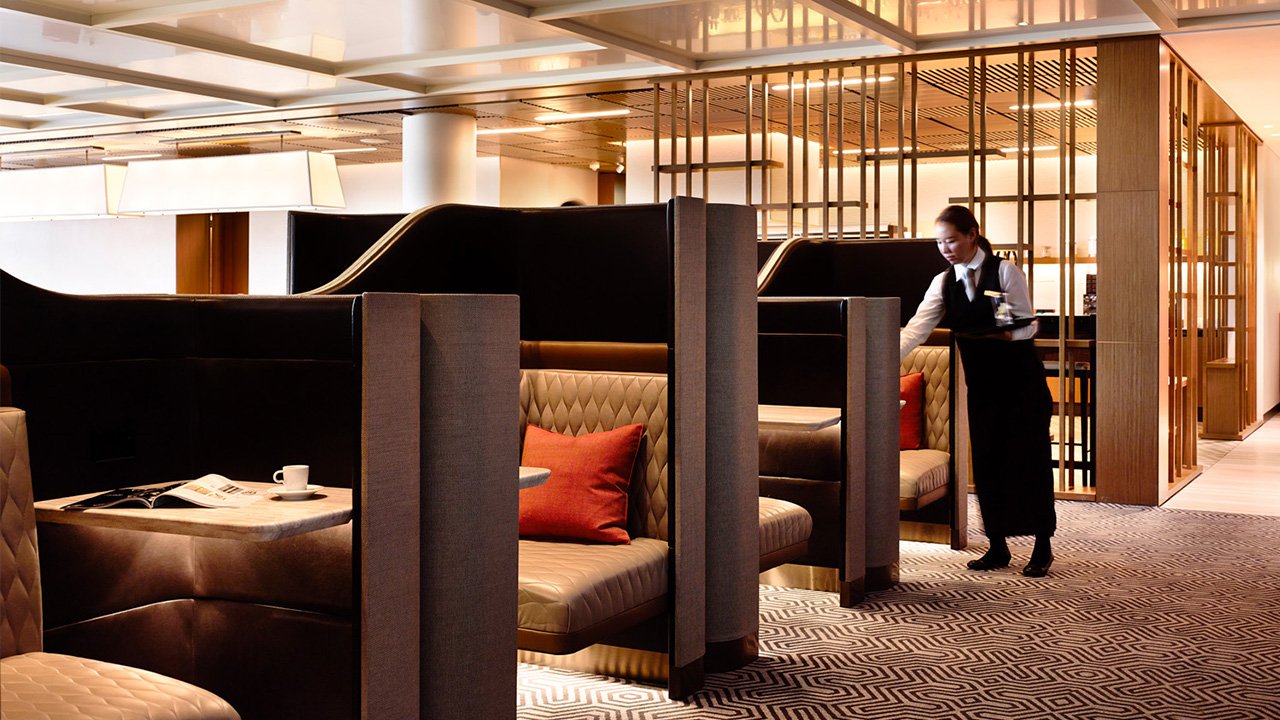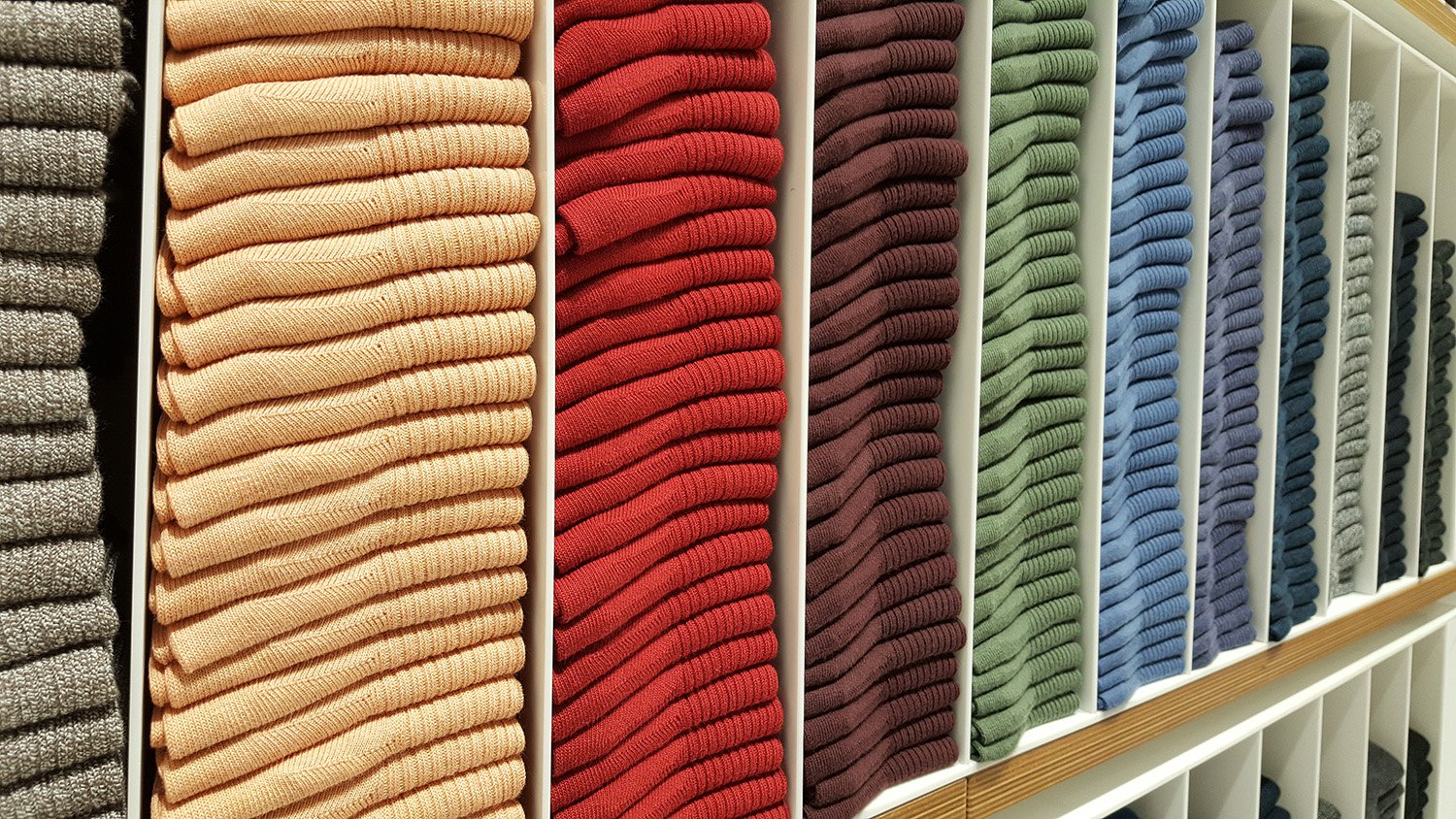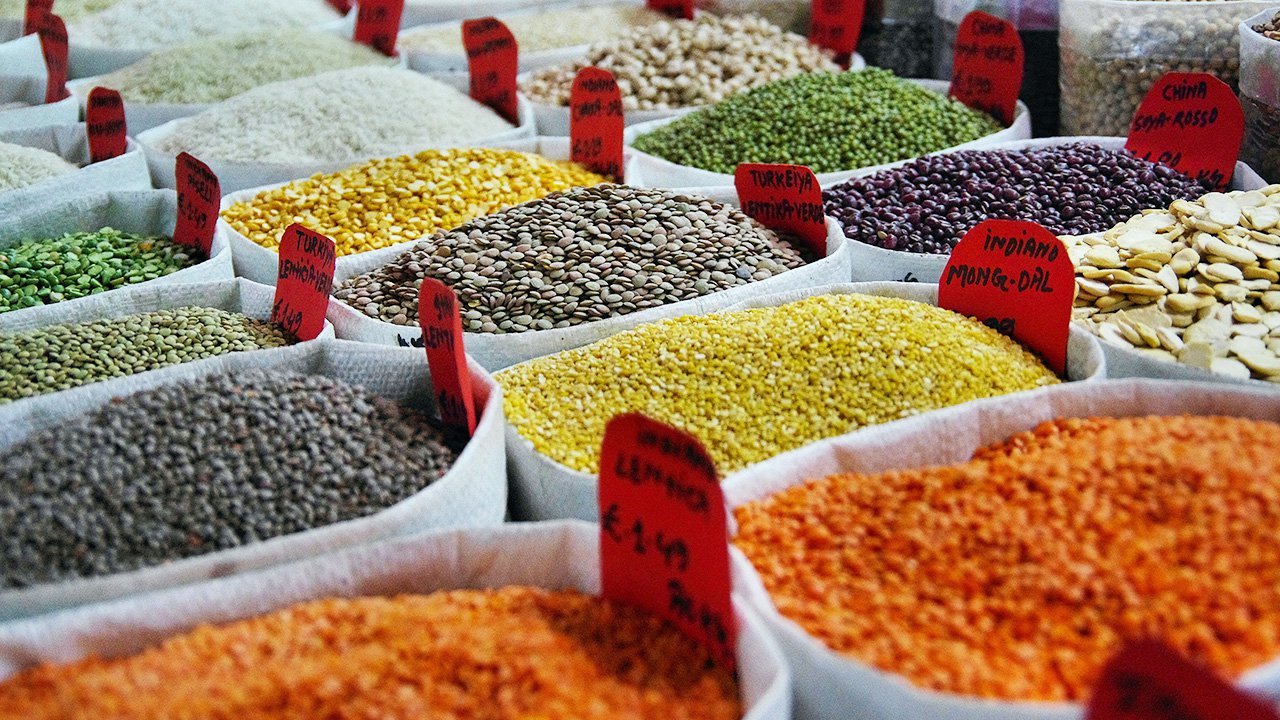Trends — Culture • Lifestyle • Future
As Asian brands continue to grow and globalize, they must navigate their way around staying true to their roots while also connecting with previously uncharted markets. They must avoid stagnation or reiteration of stereotypes while also incorporating the Asian values of harmony, unity, and community in their brand values.


Representation in entertainment
Top of mind in the entertainment realm is how Korea seems to be dominant. Parasite and Squid Games bagged Academy Awards and SAG Awards, respectively. Multi-awarded idol group BTS sells out stadiums in the US. Korean celebrities expertly use social media to demonstrate their deep appreciation for fans, illustrating the Asian values of humility and gratitude. Their online interactions with supporters highlight the Asian mindset that success is attained through group effort and is not achieved singlehandedly.
Besides Netflix, Hollywood has invested heavily in Asian productions. Movies like Crazy Rich Asians, Turning Red, and Raya and the Last Dragon feature Asian characters not just as supporting casts but as heroes and heroines in their own right. These movies suggest that the Asian market is big enough such that Western behemoths like Disney can no longer afford to ignore the segment. More importantly, representation is crucial in conveying Asian values to a non-Asian audience. It also bolsters pride amongst Asians to see themselves reflected on the big screen.
Warmth and hospitality
One distinctly Asian brand that wears its cultural pride on its sleeve is the Banyan Tree Group. In 1994, as an upstart in the hospitality industry, the company went against the tide of hotels and resorts inspired by classic Western architecture. Banyan Tree showcases its Asian roots in its design philosophy, company values, and brand communications. The brand takes pride in its sustainability efforts, infusing Eastern Asians’ reverence for nature in its business practices. Other brands in the hospitality industry have followed suit, with the likes of Bann at Oak Knoll in Napa Valley, Nobu Ryokan Malibu, and Ten Thousand Waves in New Mexico incorporating Asian design and philosophy into their brand identities.
Singapore Airlines is another formidable player in the hospitality industry. The airline draws on Asian warmth and hospitality, bolstered by Singaporeans' professionalism, to provide its trademark world-class service.


Good quality, great value
An Asian favourite for retail is Uniqlo, the world's third largest clothing retailer. Uniqlo's focus on functional everyday wear is an homage to Asian practicality. The brand's success draws on its ability to balance freshness (by collaborating with designers) with a reasonably sized inventory. This strategy stands in contrast to fast-fashion competitors Zara and H&M that focus on seasonal trends. Despite operating in a competitive market, Uniqlo stays true to its Japanese roots. Chief Marketing Officer Masahiko Nakasuji once said, "Unlike fast fashion, we aren't selling only looks, but there's a story around the quality, texture and function of a garment."
Korean brands like Gentle Monster are also making a splash, thanks largely to strategic celebrity endorsements and exposure from the Korean Wave. But perhaps what Korea is most famous for is its cosmetics, widely considered to be in a league of their own. Makeup conglomerate AmorePacific has led innovations within the industry, but it also draws inspiration from traditional Asian medicine. This winning formula has allowed the company to expand globally – Aritaum, its one-stop shop for premium products, boasts 50 branches across North America.
A taste for diversity
In the food scene, Asia is no longer regarded as a monolithic food culture. The world is starting to appreciate that different Asian cuisines have their own distinctive features – the Japanese hold a deep respect for quality ingredients, the Vietnamese prefer fresh and clean-tasting dishes, and the Thais incorporate contrasting but harmonious flavours into their food.
Nowadays, Asian ingredients command shelf space in Western chain supermarkets like Walmart and Costco. Asian supermarkets have evolved from small mom-and-pop grocery stores into large chains. Consequently, many North Americans interested in branching out into Asian home cooking can find ingredients without difficulty. Likewise, Asian immigrants missing home can find authentic kimchi, miso, or fish sauce within reach.
As East and West converge on the global stage, exciting times lie ahead as they enrich and learn from each other, creating fresh synergies.